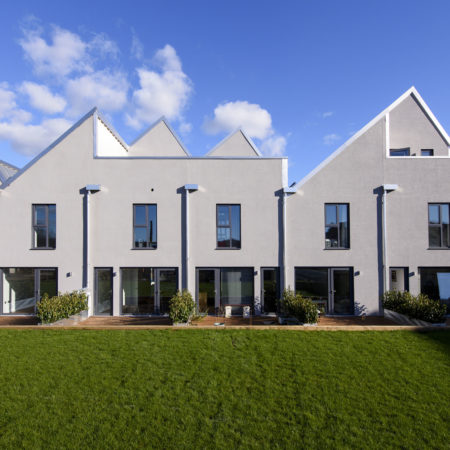Digital Transformation in Construction – Not a Time for Half Measures
Digital transformation will achieve limited gains if the production process it supports is still largely analogue and manual. Imagine for a moment introducing CAD tools to 1970s car factory without changing the way the production line works. The productivity and quality improvements would be far below what could be achieved by a fully digitally-enabled and highly automated process.
To some extent, that’s where we are with housebuilding. Digital tools have been adopted to varying degrees within design and engineering environments; but much of the production hasn’t fundamentally changed for decades.
This digital disconnect matters a great deal. We are now at the point where we need to mass produce homes. As with automotive and other areas of manufacturing, mass production doesn’t just mean cheaper and faster, it also means better. The transformation process must be extended to cover as much of the construction process as possible.
Digital Transformation – The Benefits
Adopting advanced manufacturing methods for construction projects will lead to an industry that is safer, more productive, less wasteful and an order of magnitude more efficient. Without doing this, the chances of hitting UK housebuilding targets for volume, quality and sustainability are remote.
In reality, there is little to fear and everything to gain. MMC and offsite methods are proven. Producing major components of a home in a factory environment allows better use to be made of BIM tools and digital continuity from design to handover takes a great deal of risk out of the process.
Building Exactly What Was Designed
Manufacturing homes in a production environment reduces reliance on specialist trade skills that are becoming increasingly scarce. There is also a much more direct connection between what is designed and what is made.
The need for more affordable and social housing has never been greater as more people struggle with the economic impact of Covid-19. Adopting a digitally-enabled way of working opens the way to mass production that will make energy-efficient, high quality homes cost-effective to produce at the rate required.
The critical element is to specify building methods that are ideally suited to a digital age. The time for digital half measures is running out.

